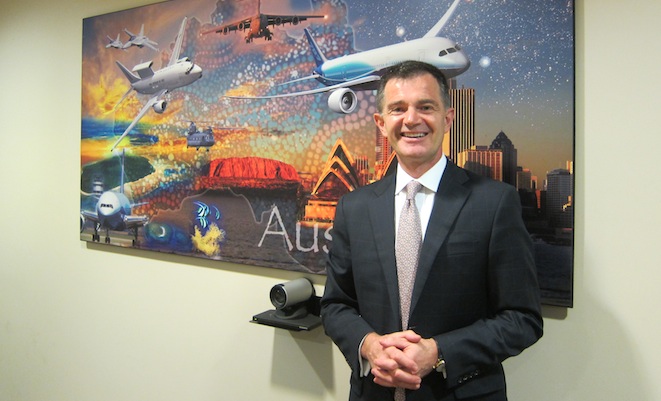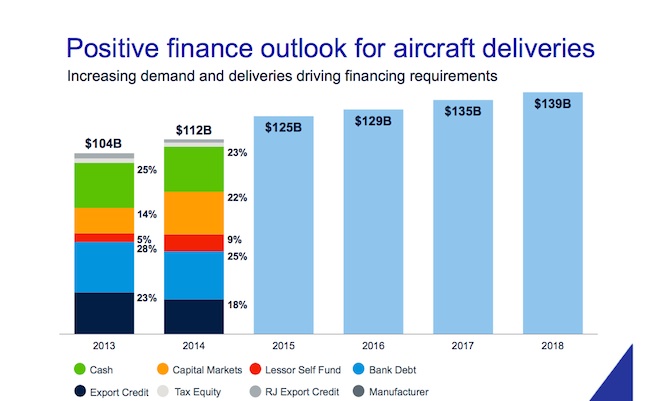
Commercial aircraft are becoming an increasingly popular asset class among global financial companies, including those in Australia, looking for a reliable investment opportunity beyond property, a senior Boeing executive says.
Boeing Capital Corporation managing director of capital markets development and leasing Kostya Zolotusky said the aircraft financing environment was as good as he had seen it in a long time, with plenty of new market players entering the leasing game.
“To me that is a reflection of the broad investor understanding that the aircraft asset class is exceptional,” Zolotusky told reporters in Sydney on Tuesday.
“Airplanes over the last several decades have been the best-performing asset class and they have been the best-performing asset class over the financial crisis.
“In essence, airplanes are high-quality movable global real estate. We are not an iPad that is going to be replaced by another version of an iPad in a year or a month, we have a 20-, 30-year horizons.”
Capital markets will fund an estimated 22 per cent of the $US112 billion worth of aircraft deliveries in 2014, according to a slide presentation accompanying Zolotusky’s presentation. This was up from 14 per cent in 2013.
Meanwhile, bank debt was used to fund a quarter of all new aircraft deliveries in 2014, down slightly from 28 per cent in 2013.
And Australian banks were looking to get involved on the global stage, with Commonwealth Bank of Australia was emerging as a “true global aircraft finance bank”, Zolotusky said.
“Australian and other Asian banks are starting to play globally whereas in the past they were predominantly focused on domestic and Asian markets.”
This resurgence in banking activity in the aircraft finance scene reflected changing attitudes among banks regarding where they chose to park their funds.
“In the past banks could almost single-mindedly plough as much money as they wanted to in real estate,” Zolotusky said.
“Now they have realised it is not as bullet proof as everybody assumed historically.”
Although interest rates around the world were forecast to rise as global economic growth recovered, Zolotusky said aircraft finance companies would be able to handle this.
Zolotusky said the industry’s ability to deal with rising fuel prices in past years was a good indicator of its likely resilience to interest rate rises.
He said a one percentage point lift in financing costs of a Boeing 777 aircraft equated to about a three dollar per barrel rise in fuel prices, noting that airlines and aircraft manufacturers have managed to withstand oil prices rising from $US50 to above $100 per barrel.
“Airlines had their second most profitable year when fuel was at $115,” Zolotusky said.
“This year fuel is hovering at a shade under $100 and they will have their most profitable year ever.”
Airlines were increasingly using operating leases for aircraft, Zolotusky said.
He noted that just half a per cent of the global aviation fleet was on operating leases in 1970, compared with about 42 per cent today and an estimated 50 per cent by 2020.
The rise was due to tighter regulatory environment in banking, meaning many second- or third-tier airlines were not able to obtain finance to buy aircraft and instead had to rely on leases.
At the end of September, Macquarie Group’s subsidiary Macquarie AirFinance signed a firm purchase agreement for 40 of Bombardier’s CS300 jets, with an option for 10 more of the type. First delivery was due in 2017, Bombardier said in a statement on September 26.
Macquarie AirFinance currently had 136 jet aircraft leased to 73 operators in 43 countries around the world.












